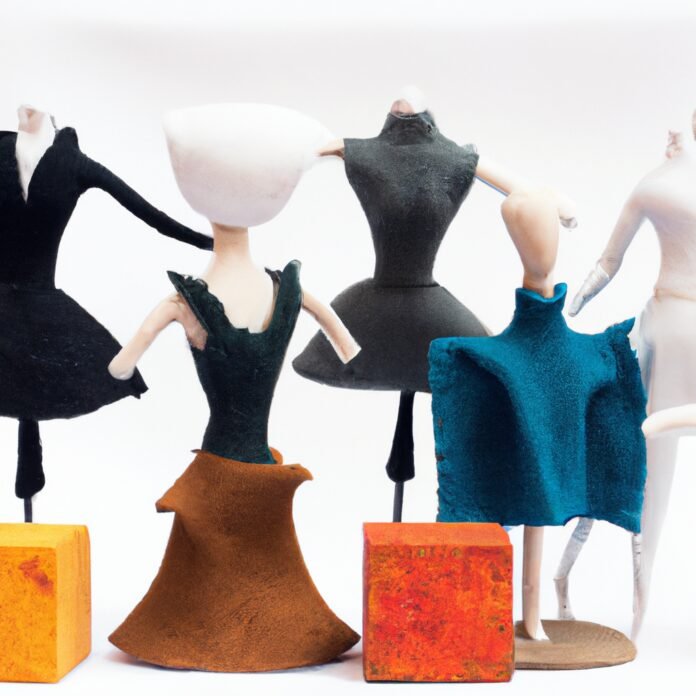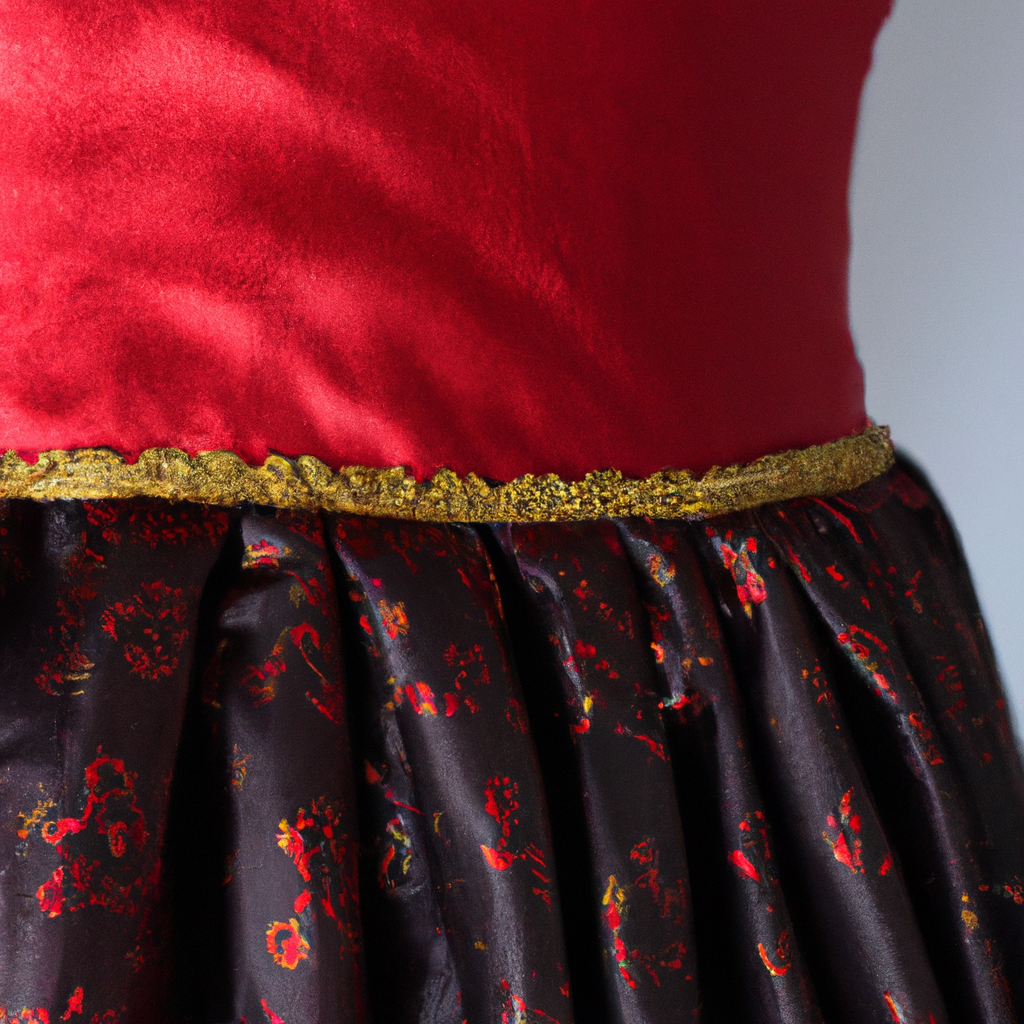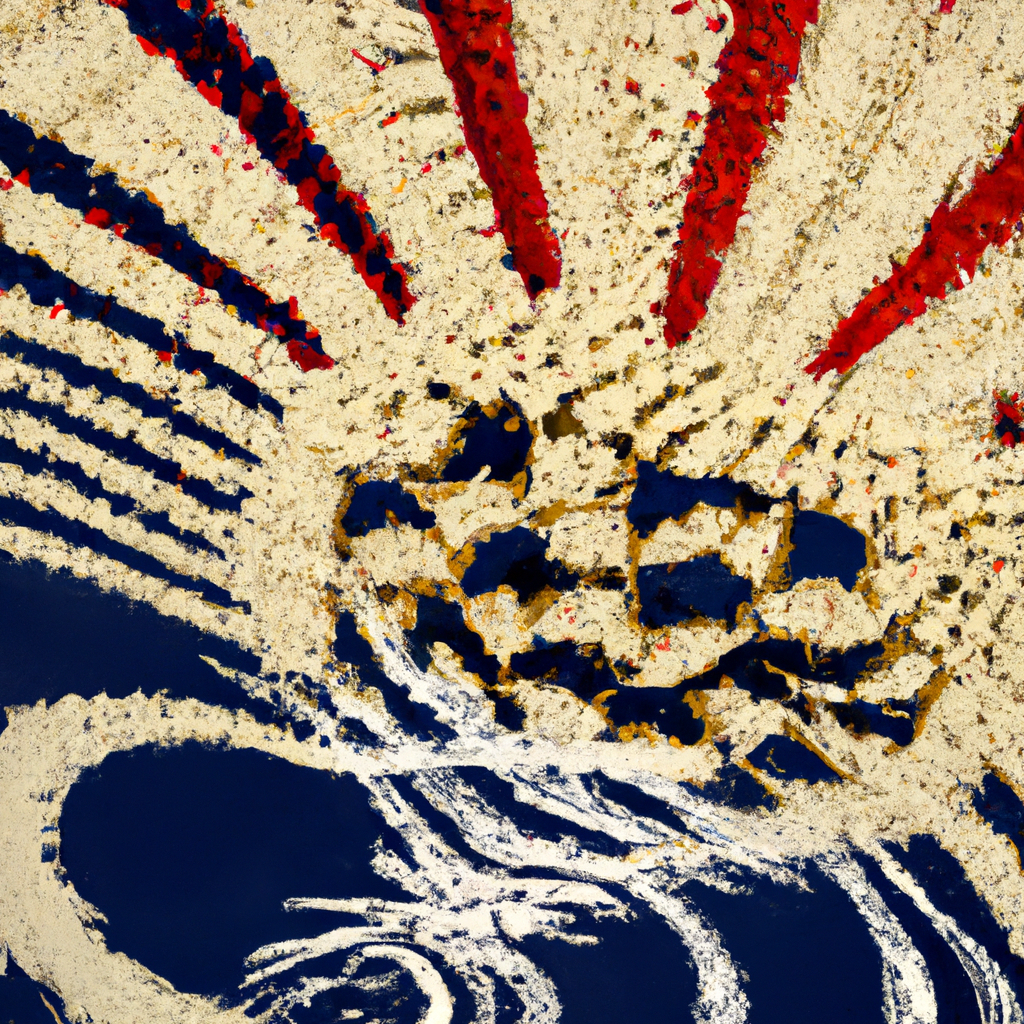Fashion and culture have long been intertwined threads of identity. Clothes reflect a person’s values, culture, and lifestyle. As our lives become more globalized and complex, fashion has been an essential symbolic tool for people to share their backgrounds, unique perspectives, and self-expression. From regional fashion trends to international runway looks, exploring the ways fashion and culture overlap can provide a greater understanding of the sartorial choices we make.
1. Exploring the Relationship Between Fashion and Culture
Fashion and culture have always been interconnected. Today, fashion is even more deeply intertwined with culture, informing how people express their identity and place in the world. Here are a few ways in which fashion and culture influence one another:
- Fashion reflects a society’s zeitgeist – It can encapsulate the mood of a certain cultural moment. From grandiose couture shows to streetwear retailers, fashion is a signal of what is pertinent at a particular moment in time.
- Fashion gives an opportunity to honor heritage and traditional craftsmanship – Clothes can pay homage to the crafts that cultures have preserved through the ages. Designers often take inspiration from bygone eras, reviving styles of dress with a modern aesthetic.
- Fashion is a signifier of identity – Clothing and style of dress is a signifier of socio-economic status in many cultures. In the West, for instance, the jeans and t-shirt “uniform” speaks to an individual’s place in the world. It lets others know where they come from and where they are going.
- Fashion provides a shared language – Across different cultures, fashion serves as a form of expression and a means of staying connected. Clothes can tell stories, from the symbolic to the everyday, that resonate with many people of all ages and backgrounds.
Fashion constantly evolves in relation to culture. It’s a reflection of how we see ourselves in the world today. It’s one of the many ways we use to express our identities and experiences. By , we can stay current with the global zeitgeist and keep up with the ever-evolving world of fashion.
2. Understanding How Fashion Reflects Identity
Fashion can tell us a lot about ourselves. It can be used to express personal feelings and identity. Our clothing choices communicate to the world who we really are.
One way to use style as a reflection of identity is through self-expression. Clothing and accessories can be used to show off a unique sense of style. Wearing a bold dress can be a statement of self-confidence, while donning a classic trench coat might demonstrate an appreciation for timeless designs. Clothes truly can tell a story about who we are and what kinds of experiences we have had.
Another way to use fashion to show your identity is through symbolism. The meaning of certain clothing items or brands can vary due to culture, location, economic class, and age group. Many times, our clothing can be seen as a symbol of our social status or a representation of our financial status. For example, wearing a Gucci bag or carrying a designer item can be a status symbol. It can also be a sign of belonging to a certain group.
No matter what your style is, fashion always has the potential to reflect our identity. Whether it is through personal expression, symbolism or something else, clothing and accessories can be used to show off who we are. Think beyond the surface of fashion, and start using clothes as a way to express yourself.
3. Analyzing the Impact of Globalization on Fashion and Culture
Globalization has had a tremendous effect on the fashion and culture industries. From the rise of international superstars to the cross-cultural blending of fashion trends, there’s no denying the impact globalization has had. Let’s explore some of the major effects of globalization on fashion and culture:
- Cross-Cultural Celebrations of Fashion: Globalization has made it easier for fashion trends to travel across cultures. This has enabled fashion designers to draw on cultural influences from all around the world. This has spawned a variety of international fashion trends, such as streetwear, which incorporates elements from cultures around the world.
- The Rise of International Superstars: Globalization has made it easier for international superstars, such as Justin Bieber and Rihanna, to become household names all around the world. These superstars represent a variety of cultures, and they have helped to bring global fashion and culture to a wider audience.
Overall, globalization has had a huge impact on fashion and culture. It has enabled cross-cultural blending of fashion trends, as well as the rise of international superstars. As globalization continues to progress, fashion and culture will no doubt continue to evolve in fascinating ways.
4. Examining the Links Between Fashion, Empowerment, and Social Change
Fashion has a unique role in our society and how we express ourselves both consciously and unconsciously. Not only is fashion a tool of self-expression, but it can also have a huge socio-cultural impact. As people become more conscious of the social disparities in our world, the role of fashion in promoting empowerment and social change has become increasingly more important.
In recent years, fashion has become more than just a trend. Designers and brands are turning their attention to using fashion as a platform for progress and making a statement about the issues that modern society faces. By rejecting common industry standards, fashion can help bring about change and empower people globally, regardless of age, gender, race, or class.
The impacts of fashion can range from reinforcing gender disparities to championing gender equality and even inspiring positive change in areas like sustainability, health, diversity, homelessness, and poverty. For example, fashion campaigns demanding diversity and inclusivity in media are on an increase. Celebrities are taking a stand to promote body positivity and to create awareness about gender violence. Moreover, larger-scale initiatives are being implemented to raise funds for social causes, including reduced waste production in the fashion industry.
Ultimately, fashion has the power to open new doors of empowerment and to create social change. Through large-scale events and campaigns, fashion can help shape the way society sees and responds to certain topics, raising awareness and inspiring new forms of action in order to create a better, more sustainable future.
5. Crafting Our Own Cultural Identities Through Fashion
Fashion has a unique ability to establish our own cultural identity. Whether it’s expressing our beliefs, our connection to our heritage, or simply expressing our emotions, fashion can be used to define who we are as individuals. Here are a few ways we can craft our cultural identities through fashion:
- Drawing inspiration from our roots. We can honor our traditional clothing by recognizing our cultural heritage, adapting and incorporating its symbolism, techniques, and designs to create something new and unique. Celebrating traditional clothing can be a great way to showcase who we are and give us an identity of our own.
- Experimenting with fashion. We can use fashion to explore our identity and express ourselves in ways we couldn’t before. From bright colors to daring patterns and accessories, there are so many ways to create something that truly represents who we are. We don’t have to be limited by what’s considered socially acceptable and can use our clothes to embrace our unique identity.
Fashion isn’t just a way for us to express ourselves outwardly, but also a way for us to boost our self-confidence and build a sense of pride. We don’t have to fit into one particular kind of fashion to stay true to ourselves. Instead, we can build our own unique identity by mixing and matching different trends and styles.
Our style doesn’t have to match anyone else’s; it’s ours to create and tailor as we please. Fashion gives us the power to create our own cultural identities and make a statement. So, what will your statement be?
Fashion and culture are inextricably linked. Our clothing often speaks volumes about our identity, and for some, it serves as a outward expression of our inner self. Even when there are drastic shifts in style, the link between fashion and culture remains strong. Through cultural assimilation, trends, and personal expression, fashion continues to be an ever-evolving reflection of the values, ideals, and identities of individual cultures.


